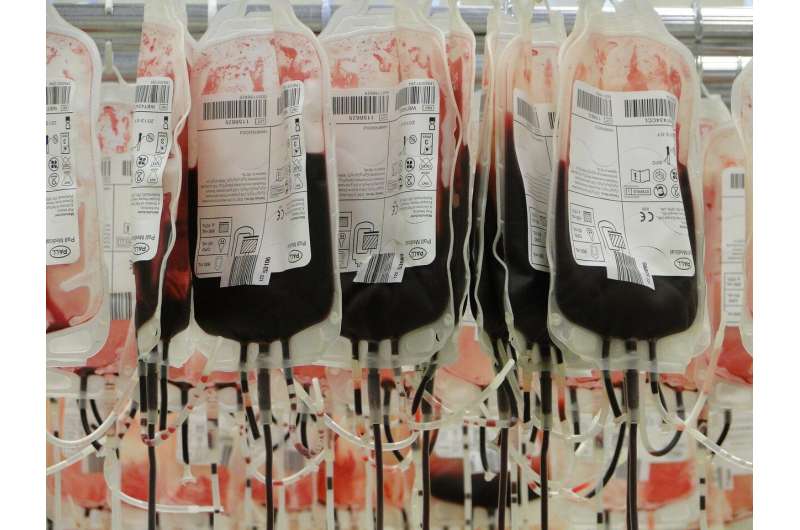Could social media provide solution to blood shortage?

The Red Cross is managing the worst blood shortage in more than a decade. There are a variety of reasons, but the question remains: what can be done to get more people to give? Bernard Appiah, assistant professor of public health in the Falk College of Sport and Human Dynamics, has studied possible solutions, including the use of social media, to increase blood donations.
How have other countries managed at a time like this? Are these shortages worldwide?
The Red Cross’ declaration of a U.S. blood crisis for the first time because of last year’s 34% decline in new blood donors is not surprising. There is no doubt that COVID-19 is negatively impacting blood supply worldwide.
For example, of 35 African countries whose national blood donation data for 2019 and 2020 data have been analyzed, 17 countries, including Angola, Cameroon, Ghana, Kenya, Tanzania and Zimbabwe, had a COVID-19-induced donation decrease of at least 20%, with Zimbabwe and Kenya having decreases of 35.1% and 44.2%, respectively.
The decrease could partly be attributed to people fearing contracting COVID-19 during blood donation, and some lockdown measures, such as closure of schools resulting from the pandemic, which limited the number of blood drives.
Are there effective, proven solutions? You mention the use of social media in outreach.
The decrease in blood donations has led to some countries implementing some donor recruitment strategies. For example, the National Blood Service Ghana created communication interventions to allay fears about contracting COVID-19 during blood donation among the public, and to educate them about the continuing need for blood donation, with messages from key personalities such as Ghana’s first lady and female traditional leaders calling on people to donate blood to save lives.
In Pakistan, a social media campaign via WhatsApp led to 56% of people donating blood as a result of WhatsApp messages they received from a blood bank.
In Brazil, a regional blood reference center implemented several strategies, including intensified social media and mass media campaigns, and increased blood collection from army units, and found them to be successful in addressing the shortfall.
Could this translate to the United States (success in social media outreach) as well?
Thus far, the recruitment strategies being implemented globally have been helping to address crises in blood supply but more studies are needed to test the effectiveness of the strategies. Also, socio-cultural factors could impact the success of such interventions, and thus countries would need to be creative in using aspects of the culture to entice people new and current blood donors to donate blood donation more.
Given the widespread use of social media in the United States, blood banks could implement innovative social media campaigns to attract the youth to donate blood. The strategies may need to be different for existing blood donors, and those who have not donated blood before. We need more new blood donors given that existing blood donors already know the importance of blood donation.
What are the consequences if we continue down this path of critically low blood supplies?
If the U.S. blood crisis is not urgently addressed, it would be a huge problem for people who may urgently need blood for transfusion, including people with sickle cell disease anemia, which traditionally affects Blacks.
Source: Read Full Article
